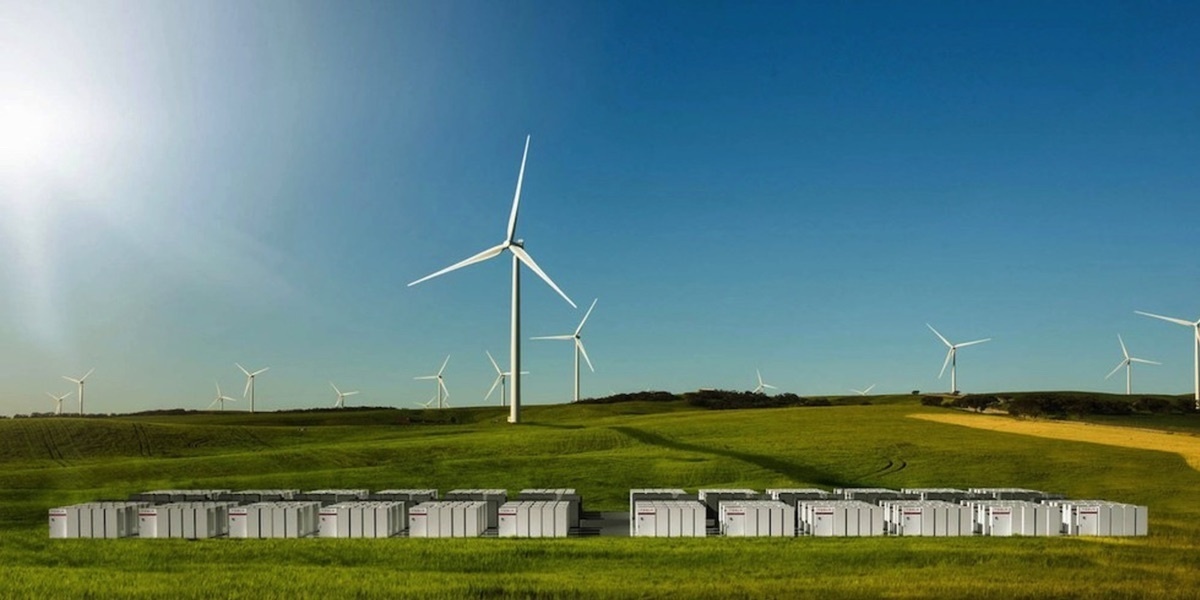
Tesla’s Massive Australian Battery Responds to Coal Power Outages in Milliseconds

Tesla’s massive lithium-ion battery storage facility, which was designed to feed South Australia’s unstable power grid, is already proving itself by responding to power outages within milliseconds.
The system—the largest of its kind on planet Earth—was tested twice just this month. According to CleanTechnica, on Dec. 14, the Loy Yang coal power plant in the neighboring state of Victoria suddenly went offline. Remarkably, the Hornsdale Power Reserve battery system (the Tesla system’s official name) kicked in within 140 milliseconds and injected 100 megawatts of power into the grid.
Two weeks later, another unit of the Loy Yang plant unexpectedly went offline. Tesla battery’s also responded within milliseconds to send 16 megawatts to the grid.
“That’s a record and the national operators were shocked at how quickly and efficiently the battery was able to deliver this type of energy into the market,” State energy minister Tom Koutsantonis commented after the Dec. 14 outage. “Until now, if we got a call to turn on our emergency generators it would take us 10 to 15 minutes to get them fired up and operating which is a record time compared to other generators.”
The 100-megawatt Powerpack system, which charges using renewable energy from Neoen’s Hornsdale wind farm near Jamestown, is designed to hold enough power for 8,000 homes for 24 hours, or more than 30,000 houses for an hour during a blackout.
Tesla CEO Elon Musk famously made, and won, a bet that his company could build the battery within “100 days from contract signature or it is free.” The giant battery officially switched on in early December.

 233k
233k  41k
41k  Subscribe
Subscribe 